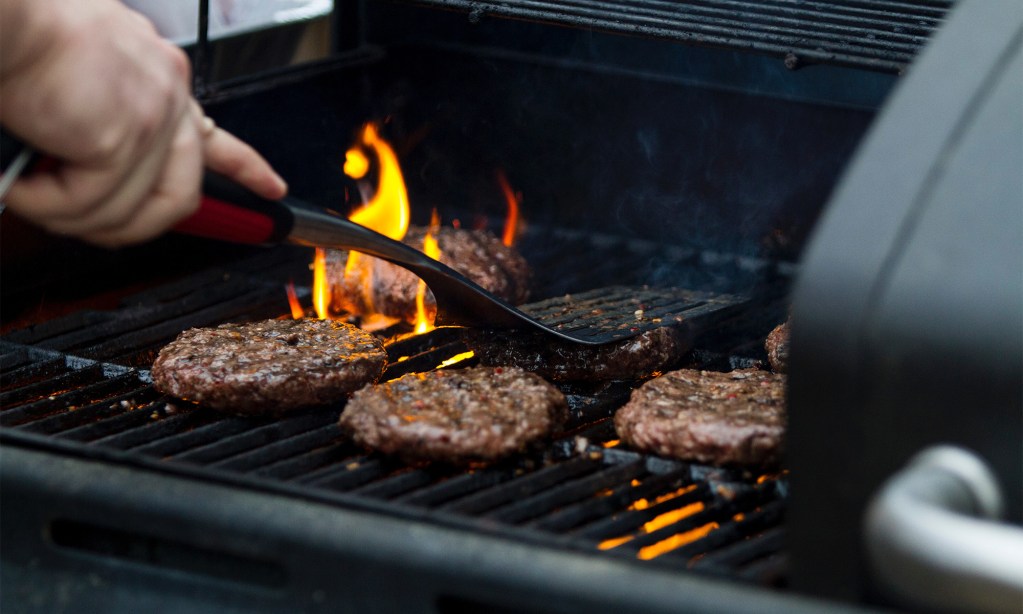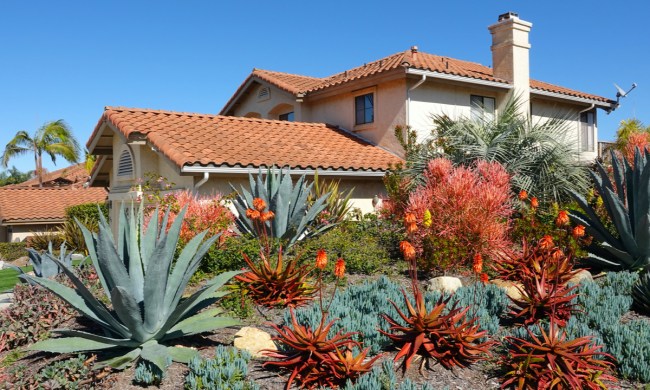Grilling out is as American as apple pie and baseball, but when it comes to electric grills vs. gas grills, everyone has an opinion. Most people have a favorite type — some even prefer charcoal grills — and all are willing to argue their points with anyone who disagrees. If you don’t already own a grill, you may be a bit overwhelmed with all of the conflicting reports as to which type is best. We’re here to give you all the information you need about electric and gas grills so you can make an informed decision.
Similar to gas and electric stoves, there are pros and cons of each type of grill, and we’re going to review them so the ultimate decision is easier for you to make. And once you make that purchase, you’ll be full of facts to back up your choice when the next person tries to question your grilling style.
Electric grills vs. gas grills: How do they work?

The main difference between electric grills and gas grills is that they operate differently. Electric grills use a heating element powered by electricity to cook food. They are typically plugged into an outlet and can be used indoors or outdoors.
Gas grills use propane or natural gas to fuel burners that produce heat. These grills require a gas supply, either from a refillable tank or a natural gas line. Both types of grills provide effective ways to cook food, but they rely on different power sources and heating mechanisms to achieve the desired grilling results.
Gas grills pros and cons

Pros of gas grills
For people who don’t want to deal with charcoal, gas grills have been the go-to choice for decades now. Here are some pros of gas grills to consider:
- Plentiful varieties: Because of their popularity, there are many different varieties to choose from, which is a significant pro.
- Easy to use: Gas grills are favored because they are easy to use — just turn a dial or push a button, and it is ready to go. Most of the gas grills you find on the market today have ignition buttons that allow you to start the grill with ease. Adjusting the heat is also as simple as turning a dial. When you are finished cooking, you simply turn the burners off you’re finished.
- Multiple cooking zones: Gas grills usually have multiple burners. This may not seem like an immediate advantage, but having more than one burner allows you to create areas on the grill that are different temperatures. Thus, you can have a space for searing meats and a separate area for warming or grilling vegetables — perfect for cooking multiple dishes when hosting summer parties.
- Even heating: Unlike charcoal grills, gas grills are much less likely to have unwanted hot spots — areas on the grill that are significantly hotter than others. It should be noted that gas grills make it difficult to maintain low temperatures.
Cons of gas grills
Though there are many excellent features to gas grills, there are a few downsides to gas grills, as well:
- Require gas refills: The first and most obvious disadvantage to gas grills is that you have to have gas to run them. Most of the time, gas grills are run on propane in the form of small propane tanks (though some are run on natural gas.) Propane tanks can run out, which can really put a damper on your grilling plans. Nothing is worse than realizing you are out of propane when you have a house full of guests or are halfway through grilling your meal.
- Take up space: The second main disadvantage to gas grills is that you are limited as to where you can use them. They’re large in size and require quite a bit of space to use, making them almost exclusively used outdoors. Gas grills also cannot be placed anywhere near any materials that could catch on fire, so it’s a challenge to find them a home in a small outdoor patios.
- Excessive smoke: Gas grills also give off a large amount of smoke, which again, makes it necessary to use them outside.
- Slower startup: While they’re easier to use and have a faster startup than charcoal grills, they’re not as quick to heat as their electric counterparts. You may need to allow your gas grill 15 – 30 minutes to fully heat up before using, but that is a short amount of time when compared to old-fashioned charcoal grills.
Electric grills pros and cons

Pros of electric grills
Electric grills have become increasingly more popular over the past few years, mainly because they are user-friendly and environmentally friendly.
- Fast startup: The main advantage of an electric grill is that it turns on instantly and is ready to use in seconds. There is no fire source, and the heat controls are usually high, medium, and low.
- Indoor and outdoor use: Electric grills have an advantage over gas grills because they can be used indoors. Since electric grills generate significantly less smoke and heat than gas grills, they are the usual choice for indoor grilling. Electric grills can be used inside a kitchen safely and with relatively little mess.
- Compact size: Another reason electric grills are commonly used indoors is that they are usually smaller than gas grills. Electric grills are often small enough to be placed on a countertop, and are becoming popular kitchen appliances.
Cons of electric grills
While they are fast, convenient, and easy to use, electric grills have some drawbacks:
- No smokey flavor: The main downside to electric grills is the loss of flavor that you would receive with a gas grill. Electric grills can absolutely grill food, but you won’t get that smokey barbecue flavor that you get when you use a gas grill. That’s because there is no actual flame involved in the cooking process. The lack of fire also means electric grills aren’t great at searing meats.
- Longer cook time: Electric grills also take longer to cook food than gas grills do. Though the grill itself will be ready to go shortly after you plug it in and turn it on, the actual cooking process will take longer.
- Singular temperature: Also, regarding time, electric grills typically only allow one temperature at a time. This means you must cook all foods at the same temperature and cannot cook meats at a high temperature on one side and grill vegetables at a lower temperature on the other side.
Both gas grills and electric grills have their upsides and downsides. Ultimately, the decision comes down to a few factors that vary based on personal needs and tastes. The amount of space you have can dictate which type of grill you purchase. If a smokey flavor profile is a must for you, you should likely choose a gas grill. If your need to grill indoors is at the top of your list of checkboxes, an electric grill will be the best fit for you. No matter which grill type you choose, taking the plunge into the world of grilling will surely bring you new cooking joys.




